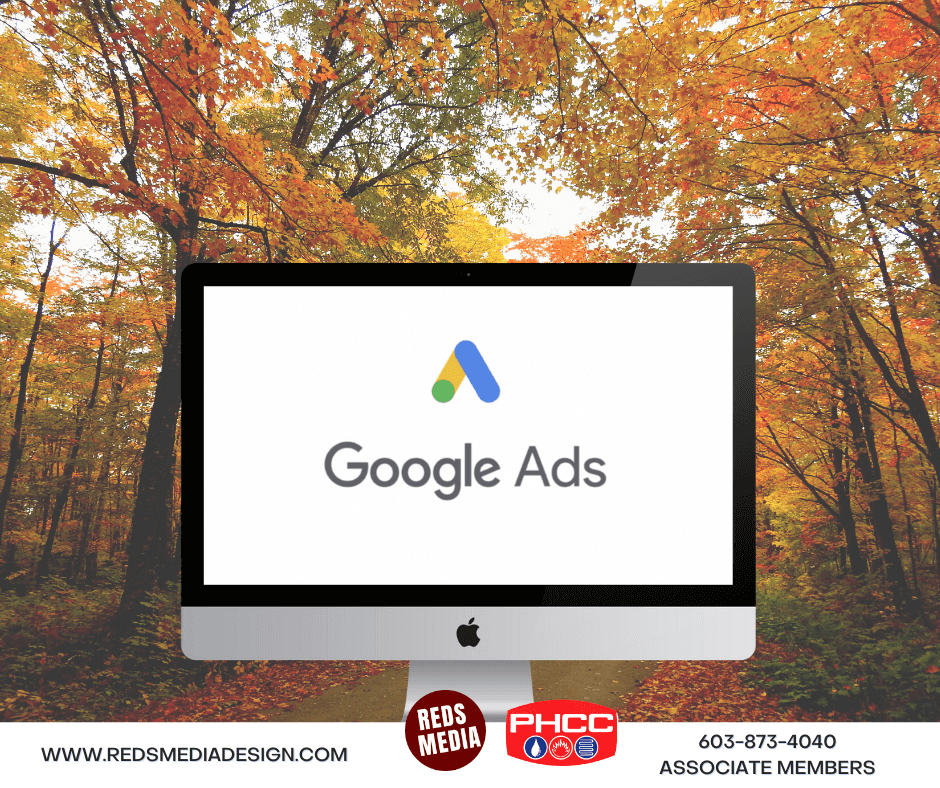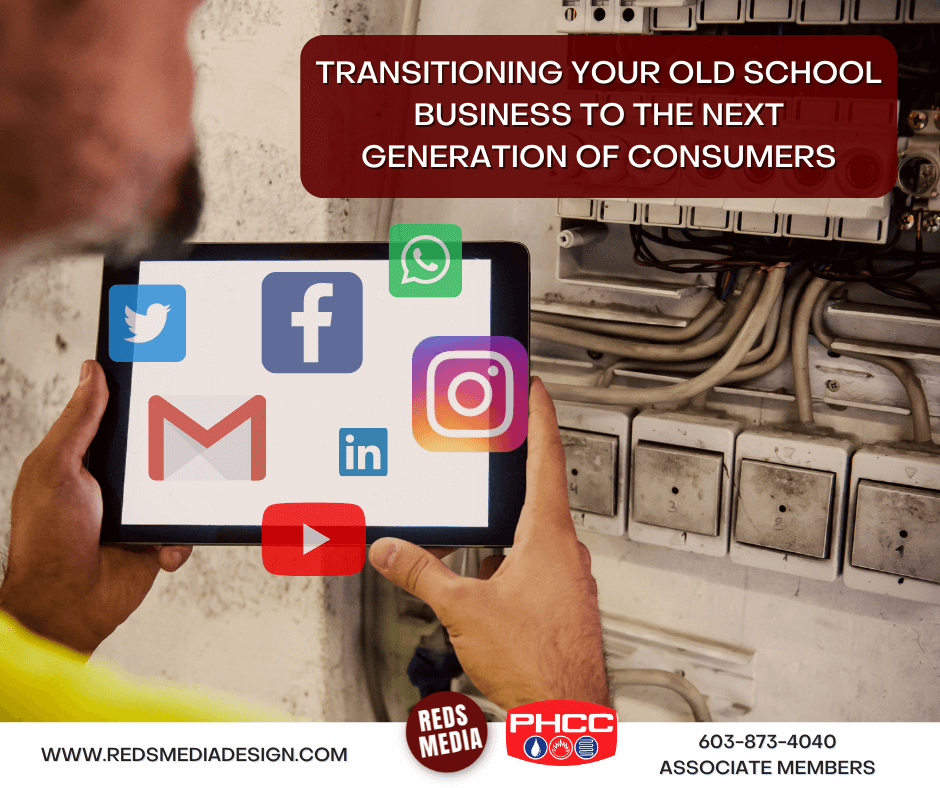It’s a bird… it’s a plane… it’s your amazingly fast website design!!!
Nothing is more frustrating than going to a website with the anticipation of taking in some incredible content and because of a poor website design you then having to …. wait…. and then…. wait…. and then…. wait even longer for the site to load. Nothing. Is. Worse! This is terrible on so many levels, it’s not even funny. Following are a couple of the main reasons this is a major issue. These issue’s should be no surprise to you.
Google’s Dog House
A slow website design leads to google’s dog house. No one likes being in the dog house, especially when you’re a business owner relying on inbound leads through google. This concept is simple – google will not recommend a website that is running below their standards. No sure what their standards are? Take a look at their page speed developer tool. If you’re not being found on google, and that’s not a big implication for you and your company because you utilize and outbound sales strategy, take a look at this unique approach to increase conversion on those sales calls.
Poor Customer Experience
Marketing Dive states that according to google, you have three seconds. If your website does not load within three seconds, that user, or potential customer, is exiting your site and moving on to the next one, which could inevitably cost you a sale. Lets say, though, the customer muscles their way through the poor load time on the homepage because they are very interested in what you have to offer. If they go to a second page, and that page loads slow as well, you can kiss them good bye. A slow website can be costing you business, plain and simple.
Ok, so now that we understand two of the main reasons it is important to have a fast website design (I know you probably already knew those before, but it never hurts to revisit, right?) lets chat about how to turn that heavy site into a agile, quick moving machine. Following are five ways you can accomplish this goal, and have your website design running at optimum speed within 24 hours!
Can I get a whoop, whoop!!!!

1. Compress Images
We all love imagines. As a business owner, you love images because they convey a message much faster than written content. As a consumer, you love images because, hopefully, they’re fun to look at it, and you can digest the information faster. However, if images are not handled the correct way during your website design, they can drastically bog down your website. You need to ensure that every image that is placed on the website is appropriately compressed to reduce load times.
2. Leverage Caching
Lets start by defining cache. Cache is is a hardware or software component that stores data so future requests for that data can be served faster; the data stored in a cache might be the result of an earlier computation, or the duplicate of data stored elsewhere, learn more about cache here. Your website design can be set up to store the cache of people coming to view the site. When that person returns to the site, the cache is already there so the loading of the site is faster.

3. Combine CSS & Javascript Files
Combining CSS and Javascript files sounds confusing for someone that does not understand coding. If you do not code, that’s not a problem! There are ample number of plugins that can do this for you. One of our favorites is WP Fastest Cache. By combining these files you will reduce the HTTP requests resulting in faster load time.
4. Utilize A CDN
A CDN is a content delivery network that uses different servers and data centers based on the users geographical location. This is very important for the speed of your site if you have customer’s that are across the entire country, or even across the entire world. If you have specific questions about getting set up with a CDN, reach out to Cloudfare.

5. Use Gzip
Gzip is another form of compression. Similar to how you can compress your images into smaller files, the same can be said about compressing the size of the page to increase load time. Gzip will compress the files and resources for the page before sending, thus the transfer time is reduced.
Conclusion
Speed is very, very important. If you’re going to focus on one main aspect during the design of your website, focus on speed. Google considers speed to be one of the most important factors when they determine which sites to push to the top and your customer’s do not want to be on a website that is running slow. All of these steps can be done in a few hours, and then in less than one day, BOOM, your website is running like never before. If you have any additional recommendations or if there’s anything you always do to ensure speed for your website – let us know! If you enjoyed this blog, please comment and share!

Know you need a new website designed? View our website design page, and look around! Want to see if what you’ve done has had affect? Take a look at our most recent blog post discussing free website speed tools you can use.





